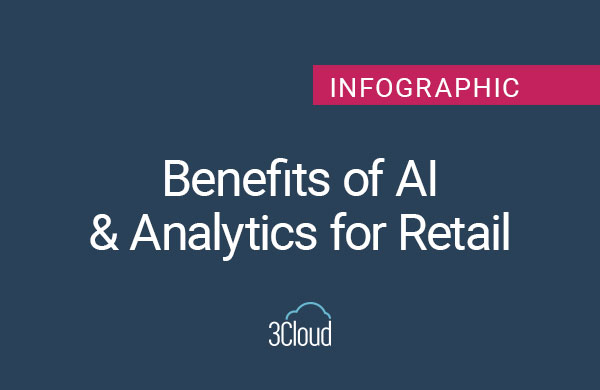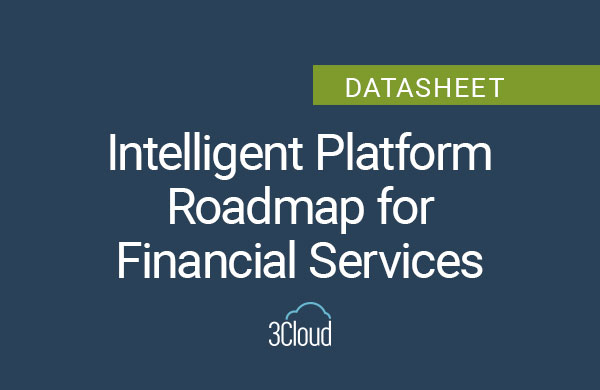Data science is the process of using computer scientists, statisticians, and subject matter experts to collaborate on and solve real-world problems with collected data. It mixes math, statistics, and programming to find hidden patterns and come up with answers. But to discover its full potential, we need to follow specific steps known as the data science process. This post explains the key stages of the data science process in simple terms. We’ll examine the lifecycle, tools, model building, team roles, data prep, and ethics. Understanding the process is the key to valuable data science results.
Data Science Basics
What is Data Science?
Data science combines different areas—math, statistics, computer science, and business knowledge—to extract powerful insights from data. It uses scientific methods to uncover trends and relationships in massive data sets. The goals are to find opportunities, predict future outcomes, and guide decisions. Data science has become popular as computers have gotten smarter. It evolved from statistical modeling and data mining to finding the secrets hidden within the data.
What is the Data Science Process?
The data science process gives a clear step-by-step framework to solve problems using data. It maps out how to go from a business issue to answers and insights using data. Key steps include defining the problem, collecting data, cleaning data, exploring, building models, testing, and putting solutions to work.
Following a structured process means consistent quality and seamless teamwork. It’s a proven formula to gain value from data science.
The Data Science Project Lifecycle
What is the Data Science Lifecycle?
The data science life cycle comprises the distinct stages necessary to initiate and implement a data science endeavor. The stages often include:
- Understanding the Business – Clarify the problem and goals.
- Defining the Problem – Specify the precise goals the data science project aims to accomplish.
- Getting the Data – Gather relevant data from different sources.
- Preparing the Data – Cleaning and formatting for analysis.
- Building Models – Applying analytics like machine learning to get insights.
- Evaluating Models – Testing to pick the best performers.
- Deploying the Solution – Launching it for business use.
During this cycle, you can refine each stage. The lifecycle links business priorities to data possibilities.
What are the 5 Data Science Processes?
The core processes that make up the data science project lifecycle are:
- Data Collection – Getting structured and unstructured data from multiple places.
- Data Prep – Cleaning, combining, and formatting the raw data.
- Exploring Data – Using charts and statistics to understand the data.
- Building Models – Creating and training data for predictive models with algorithms.
- Evaluating Models – Testing models and selecting the top performers.
The processes don’t always go in order and will often happen concurrently.
Data Science Tools and Systems
What is Data Science Infrastructure?
Data infrastructure includes all the hardware, software, networking, services, and policies needed to store and share data. For organizations focusing on data science, having the proper infrastructure is crucial.
Data science infrastructure refers to all the core components needed to store massive amounts of data, process it, and perform analytics. Some key elements include:
- Powerful computing resources and clusters to run data workloads.
- Development environments for building models and applications to apply analytics.
- Collaboration software for communication and knowledge sharing across data teams working on projects.
- MLOps tools to deploy models, monitor them, and manage updates.
The infrastructure should allow tracking of experiments, ensure security, enable reproducibility, and provide reliability across projects.
What Tools Do Data Scientists Use?
The right tools make data scientists and data collection more effective. Data scientists use many tools and programming languages depending on their specific goals:
- Python and R for preparing, analyzing, modeling, and exploring data.
- Notebooks like Jupyter for developing and collaborating with team members.
- SQL, Spark, and Hadoop for big data management, including storing, processing, and querying.
- Visualization libraries like Matplotlib for creating charts, graphs, and other visual representations of data.
- Tools like Git and MLflow for version control and model tracking.
- Cloud platforms like Azure, AWS, and GCP provide infrastructure through the cloud.
The ideal tools balance productivity, performance, collaboration, and deployment capabilities.
Preparing and Analyzing Data
What are Data Sources for Data Science?
A data source could be where data is stored or converted into digital form. Even the most refined data can serve as a source. Data collection taps into both internal and external data pipelines, including:
- Internal company databases, CRM, and ERP systems.
- Public data from the government and nonprofits.
- Crowdsourced data.
- Streaming data from APIs, websites, and devices.
- Open data portals.
- Purchased data from specialized providers.
Diverse, trustworthy data with relevant signals provides the best insights.
What is Model Building?
Model building is a fundamental component of data analytics, serving the purpose of extracting valuable insights and information from data to inform business decision-making and strategic planning. During this phase of the project, the data science team is required to create a data process that will be used for training, testing, and production reasons.
How is Data Cleaned and Prepared?
Fixing messy, raw data so it is ready for analytics is called data preparation. Raw data often has errors, outliers, missing information, duplicates, and other issues that need correction. Finding problems in the data and then modifying, updating, or deleting the bad data is known as “data cleaning” or “data scrubbing.”
Data preparation transforms raw data into reliable input that analytics tools can work with. Some key steps include:
- Cleaning the data by fixing errors, outliers, missing spots, and duplicate entries. Outliers are numbers that don’t fit the overall pattern.
- Transforming the data by changing formats, normalizing values, and modifying structures so analytical tools can use it.
- Feature engineering means creating new attributes or data fields that improve model performance. This step enhances the data.
- Reducing the size of the data decreases its overall size, making storage and processing more efficient. Keeping only the essential information makes things faster.
- Integrating combines different data sources into unified views, so all data can be analyzed together.
With proper data preparation, the data quality improves, so models and analytics will be of higher quality. Helpful tools like Python, R, Spark, and more enable efficient data prep even with giant data sets.
Ethics and Privacy in Data Science
What are Ethical Considerations in Data Science?
It is unethical and usually illegal to collect or use someone’s personal data without their consent or permission. There is potential for bias to sneak into the data or algorithms, causing unfair results like discrimination. Models need to be checked to prevent bias. Often, it is unclear how complex models make their predictions and arrive at outputs. Transparency is mandatory.
Privacy can be at risk if personal data is gathered carelessly or stored insecurely. Handling private information with care is crucial. Insights from data analytics could potentially be misused to harm others. Safeguards need to be in place.
With machine learning and artificial intelligence entering the data collection arena, new and strict guidelines need to become the standard. Organizations should have ethics oversight to look for issues and enable problems to be corrected quickly. Responsible data science builds more public trust.
How is Privacy Maintained in Data Science?
Protecting privacy means properly handling sensitive personal information. Anonymizing data by using techniques to remove identifying details like names while keeping general trends or descriptive statistics is one way privacy is preserved. Restricting staff access is always important.
Data scientists should promptly and permanently delete data once it is no longer legally required for use. Having strong data governance rules with data and AI principles baked into processes keeps privacy protection top of mind during data projects.
Data Science Breakdown
What is a Data Scientist?
Data scientists look at what questions need answering and where they can find the data to answer them. They know how to run a business and do analysis. They can also find data, clean it up, and measure it. Data scientists help businesses find, organize, and look at large amounts of unstructured data. Their key jobs are:
- Defining the problem based on business needs.
- Finding, collecting, and preparing relevant data.
- Exploring data to uncover hidden patterns.
- Developing and optimizing models.
- Interpreting model results and quantifying impact.
- Communicating data insights to guide decisions.
Data scientists require technical expertise like Python and “people” skills to translate analytics.
How is Data Science Different from Statistics?
Data science is the study of gathering, organizing, analyzing, and showing large amounts of data. Statisticians, on the other hand, use math models to measure the connections between factors and results and then use those connections to make forecasts. While statistics provides the base, data science also:
- Uses “big data” from diverse, messy sources beyond surveys.
- Applies computational techniques like machine learning to predictive models.
- Focuses on solving business problems with data insights.
- Brings together domain expertise, programming, analytics, and communication skills.
- Simplifies results for non-technical decision-makers.
Cracking the Code of the Data Science Process
Cracking the code of the data science process unlocks the full power of data analytics. With the right tools, systems, and teamwork, data science delivers large business benefits. It enables organizations to take data-driven action and systematically solve their problems.
While becoming data-driven takes commitment, the metamorphic nature of the data science lifecycle means quick wins. A data science process supercharges statistics with automation, big data, and business focus. Adopting an exploratory data analysis framework sets any company up for data science success. Let the insight begin!
For more information on how data science can help your business, get in touch with us today.




